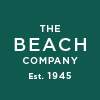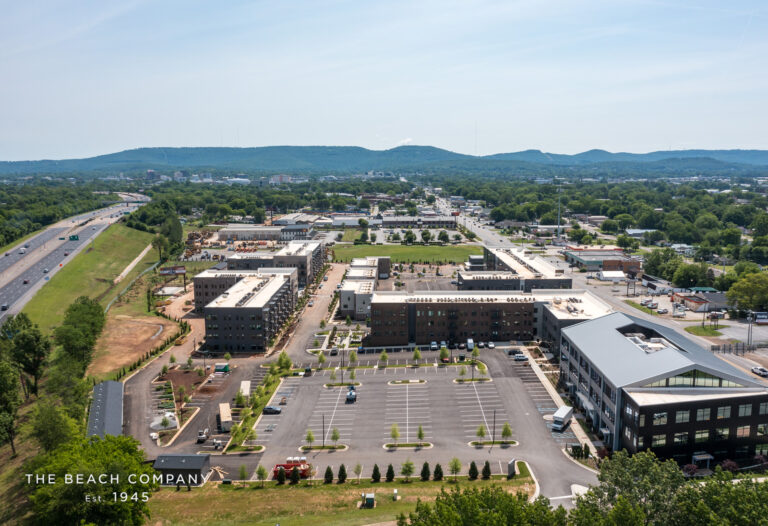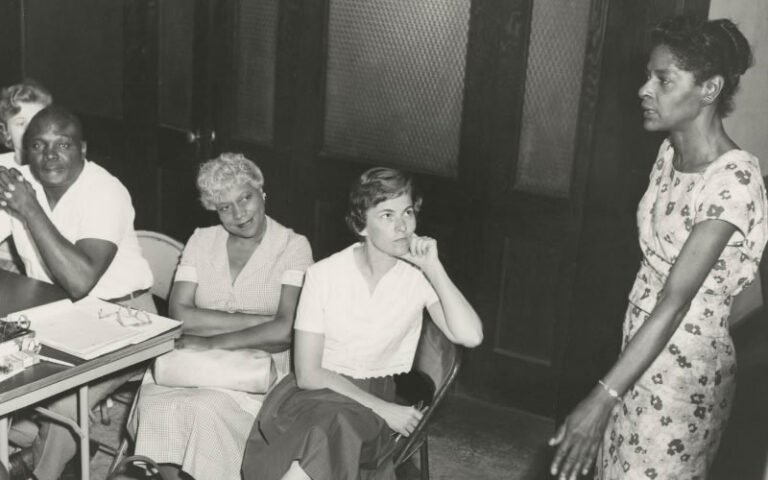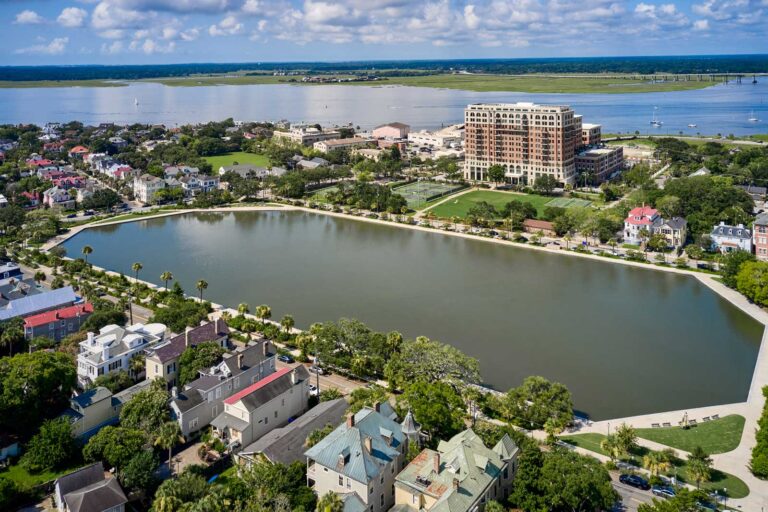FOUR MULTIFAMILY DEVELOPMENT TRENDS TO WATCH IN 2019
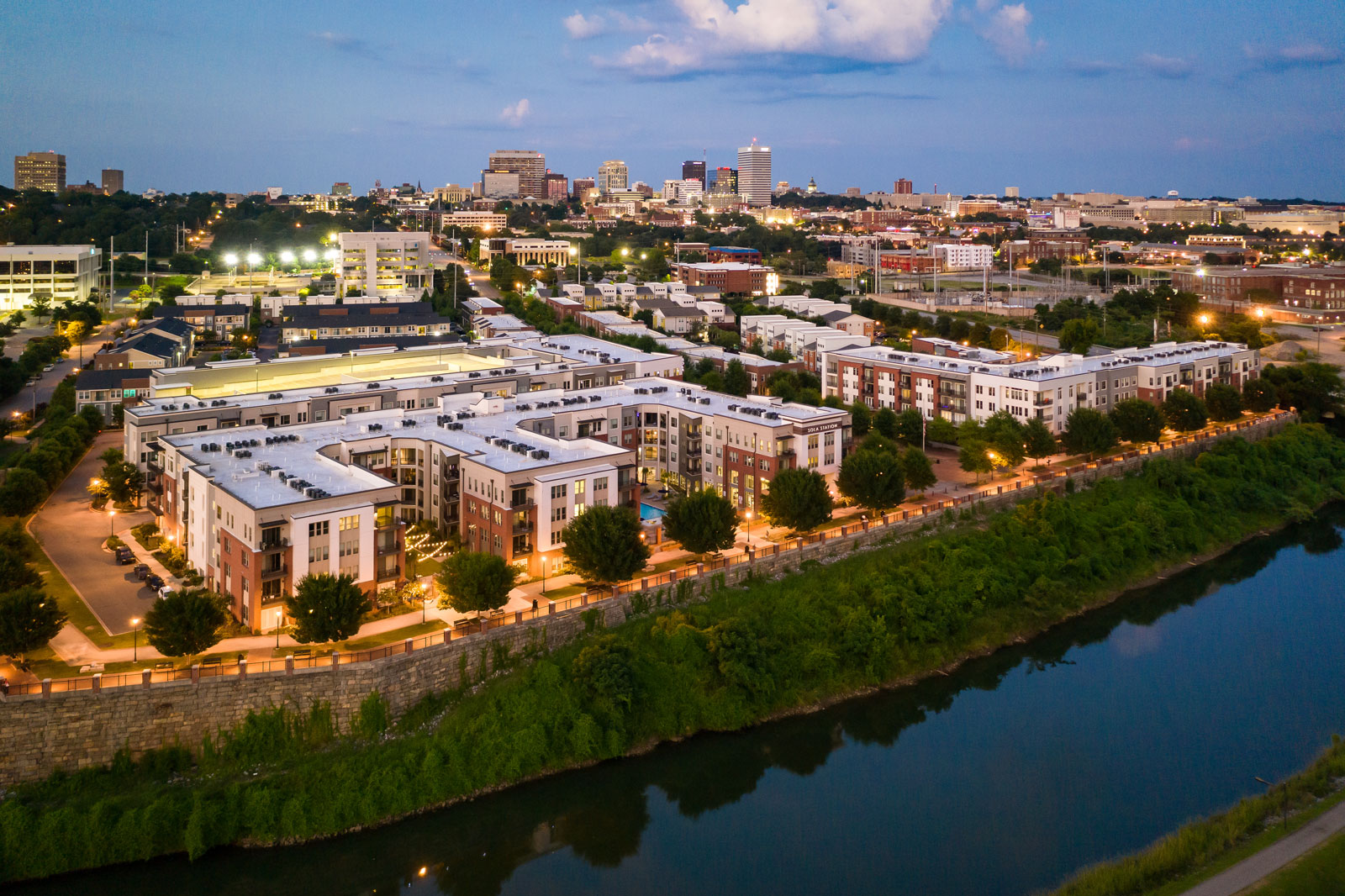
Multifamily Executive, a provider of in-depth news and analysis shaping the multi-housing industry, recently published an article by The Beach Company’s Senior Vice President of Development, Dan Doyle, on four multifamily trends on the horizon for 2019.
Changing demographics, shifting social values and evolving landscapes all continue to drive a surging nationwide demand for multifamily housing. With empty nesters looking to downsize, millennials staying single longer and a general desire for a more convenient and social lifestyle, more and more “renter-by-choice” Americans are foregoing mortgages for lease agreements. And as demand for new housing units continues to drive the multifamily sector in 2019, developers are tasked with finding new ways to satisfy the growing need. Here are four multifamily development trends to watch for in 2019:
The key to a successful lease-up is to differentiate your product to appeal to the demands of your market’s unique resident base.
1. Expanding Project Portfolios
As resident profiles expand, so too must the communities and units built to attract and accommodate them. Whereas in the past few years, the multifamily sector has been heavily weighted at the top end of the market, in 2019 the industry will experience an expansion of scope in order to serve a more diverse resident base, especially the middle market. At The Beach Company, we’ve focused heavily on catering our product to a discerning and selective resident wanting luxury apartments. While demand for this product is still alive and well, we are looking to develop a more balanced portfolio of communities with a variety of price points. In 2019, we’ll see a spike in the demand for attainable rental options, and in fact, we’re already seeing demand for attainable housing in all our active markets.
Through increased segmentation, developers are realizing that affordable housing options cannot be a one-size-fits-all approach. While some developers in the most competitive markets — where space is at a premium — offer attainable housing in the way of micro-units, this approach is less popular in smaller markets. Moreover, the tiny apartment trend will not be able to satisfy the growing middle-market demand. In the U.S. Southeast, — where The Beach Co. has a long history of development — suburban areas present an opportunity to offer larger floor plans, which is key in targeting middle-market customers. To maintain a competitive edge in 2019, multifamily developers must adopt targeted solutions that appeal to each potential market, which includes paying more attention to attainable housing solutions.
2. Increased Customization
The key to a successful lease-up is to differentiate your product to appeal to the demands of your market’s unique resident base. In addition to the economic diversification discussed as part of the first trend, developers are achieving new levels of project customization through enhanced research and development practices. Demographic research is a good starting point but a deeper understanding of a potential site’s history, economy, industry, and culture all contribute to meaningful customization. For example, knowledge of emerging industry in a region can be the impetus for new development projects. This was the case with The Beach Co.’s Summer Wind project currently under construction in Dorchester County, S.C., which was conceptualized in response to a number of major international companies — including Volvo, Bosch, Boeing and Mercedes-Benz— opening facilities in the area.
Additionally, with the deluge of customer data now available, developers are better equipped than ever before to understand the needs and desires of future residents. Conducting thorough market research before embarking on a new project is essential and goes beyond informed marketing efforts to heavily influence property and unit design. A resident-centric application of customization can be seen in the continued evolution of amenity offerings. While the amenity war in the multifamily sector has been raging for the past few years, 2019 will usher in a wave of technology-focused amenity offerings like smart access control systems (keyless smart apartments) and automated parcel pickup services.
3. Shared Amenity Space
In recent years, creativity in the multifamily sector has thrived in the form of mixed-use developments. The rise in mixed-use developments has emerged from changing lifestyle preferences. Residents desire shorter work commutes and proximity to leisure activities. Whether in an urban core setting or suburban town-center design, younger and older generations alike are seeking more active, social, and walkable lifestyles. In response, mixed-use developments offer an artful blend of residential, office, and retail spaces. Consequently, prized amenities formerly only available to multifamily tenants are now available to non-residents. Proximity and exposure to the greater community has led a growing number of owners to allow non-residents to purchase memberships to common-area amenities such as a fitness center. This alternative finance stream marks a growing evolution in the multifamily business model and provides for greater utilization of a community’s fixed assets.
Additionally, employees of corporate tenants in mixed-use developments typically have access to the residential amenities as part of their benefits package. This will be the case with The Jasper development, which The Beach Co. is currently building in historic downtown Charleston, S.C. Slated for completion in 2020, the luxury 12-story mixed-use building will include 219 luxury multifamily units, 75,000 square feet of premium Class A office space, and 25,000 square feet of first-floor retail space. The first-class amenities feature high-end, on-site dining and shopping; rooftop pool and garden with a sundeck and outdoor kitchen; commercial quality fitness center; club room with lounge and demonstration kitchen; and private wine lockers.
4. Urban Core Workarounds
Today’s renter still wants to live downtown but is being priced out. Construction costs remain high, so developers must look to solutions like adaptive reuse of existing buildings to help solve some of the cost issues in the urban core. In these markets, retrofitting an existing building may be more attractive, as the structure costs are already in place, so multifamily developers can deliver a product just as nice as a new community with a lower cost basis, which should result in a lower rent for the resident. Adaptive reuse solutions will likely offer a slimmed-down, lifestyle-driven amenity package, which may include services like refrigerated lockers for home grocery delivery or customer-driven parcel centers catering to online shoppers.
Furthermore, while we’re seeing a push for attainable solutions from urban core renters, most cities have offered few incentives for developers to build an affordable multifamily product in the past. In recent years, we’ve witnessed some cities doing away with or significantly reducing the number of required parking spaces in new developments by incentivizing developers and residents to promote alternative modes of transportation. In 2019, we’ll see more municipalities putting programs in place to assist with affordable housing development, with some creating mandates that require a certain amount of affordable housing. To really make a project attractive to developers and local governments, I predict that we’ll see more incentives for developers to make a project affordable in the form of subsidies through tax abatements, the creation of tax increment financing districts or other forms of public-private partnerships. Today more than ever, it’s important for developers to form partnerships with local municipalities in active markets to better understand the needs of the city and its residents.

The signature riverfront restaurant will feature an expansive outdoor deck overlooking the Kiawah River
